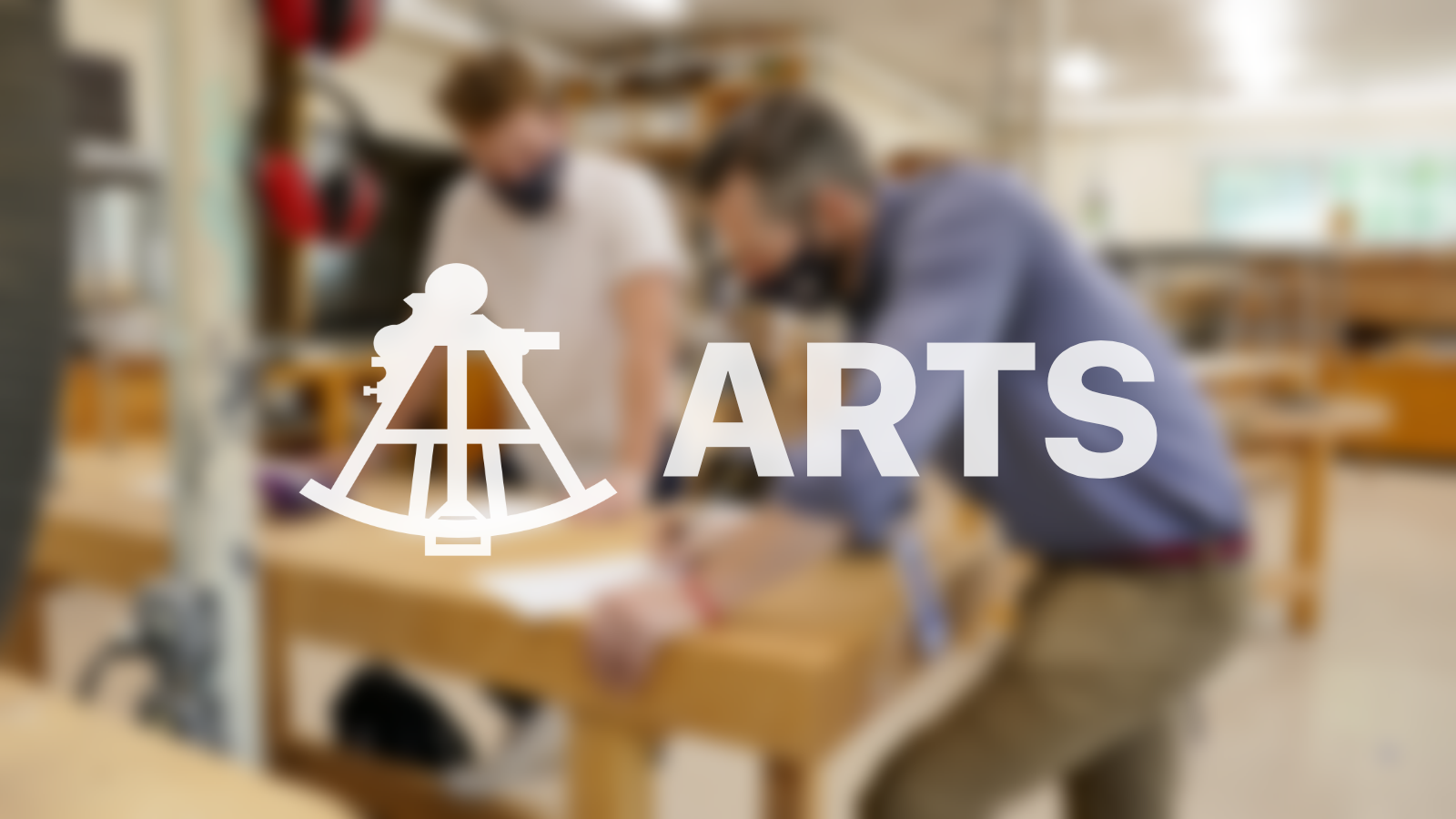Ms. June Schmunk, as many students know her, is the go-to person for any concerns or troubles in the busy lives of the Belmont Hill student community. However, a much smaller proportion of the community knows about her endeavors in the Arts. After majoring in History and minoring in Art, Ms. Schmunk, to say the least, has had a substantial amount of experience with art, especially in the field of ceramics.
Growing up, Ms. Schmunk’s mother served as her early inspiration. She, as an artist, introduced Ms. Schmunk to the importance of the art world. “Art came to me naturally. I think that, because my mom was an artist, it has kind of always been in me.” And while Ms. Schmunk found herself enjoying painting and drawing, pottery was “my sort of thing.” Her love for ceramics was propelled in graduate school, where Ms. Schmunk pursued pottery and sculpture; more 3-D work.
As Ms. Schmunk transitioned from school into work, she found that in her job, she is, “all day, thinking about how to help people or how to improve something.” While she is passionate about her work, she also finds refuge in the art building. For her, working with clay is almost the complete opposite of her daily profession. Working with her hands, she has found that creating pottery utilizes a different part of the brain than does her job. This brings balance to her life: “Balance is an important part of my life I hope to maintain.” Within this balance, Ms. Schmunk is more easily able to bond with students. The comforting environment of the art building, in addition to the freedom that sculpting brings, is “calming and relaxing,” and allows for the creation of different connections with the students. To her, even just walking into the building has an effect on her. Whether the rhythm of the wheel, or the pasty scent of clay, the environment “has a, sort of, meditative quality.”
Discipline is also something Ms. Schmunk has gained from her experiences in the Arts. Throwing, the action of “starting with a glump of clay, and spinning it into shape on the wheel,” is a skill that took her years to master. She, three or four years ago, committed a full year to throwing. Each day she experimented with different techniques, and in the process grasped the skill of throwing. While she does note that “some of the guys in the studio are as good as I am now, even though I’ve been doing it a lot longer,” to her, a skill of any matter takes “time, practice and patience.”
After the years of hard work developing her skills, Ms. Schmunk now has the opportunity to enjoy her finalized pieces. In some cases, her pieces are given as gifts in the form of mugs or plates, and in others, they are used in day-to-day life. For her, “there is a satisfaction when I make art that is functional.”
Even though she has mainly focused on ceramics, Ms. Schmunk does realize the interconnectedness of the arts. “[Since] there’s a lot of correlation between music, drawing, painting, ceramics, etc.,” for those who can practice and learn even one of these skills, they are able to apply that knowledge to another. Furthermore, she also realizes that nothing will ever be perfect: “It is a good lesson in that sometimes you have to let it go…You sometimes have to work with it.” She expresses that as the students grow older, every year becomes more academic, and “the guys have less and less time with the things they enjoy.” Life becomes centered around college and the students begin to lose focus on what they truly love. This is where she believes that balance fits in. “Whether it’s in the music room, in the pottery studio or in woodworking, balance helps you in the long run. Accomplish what you want because it keeps you healthy.”





